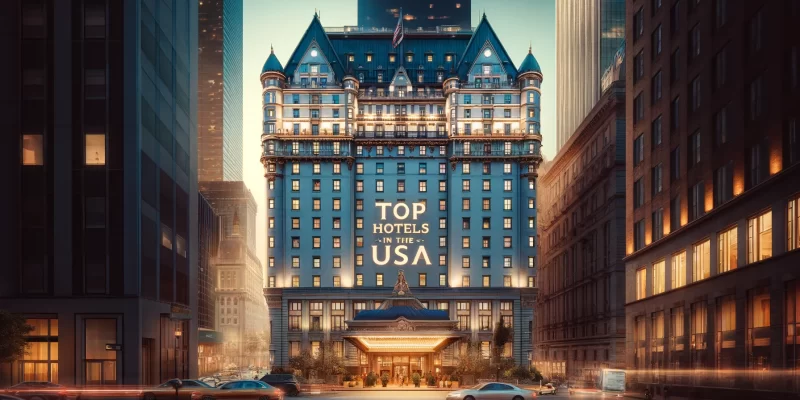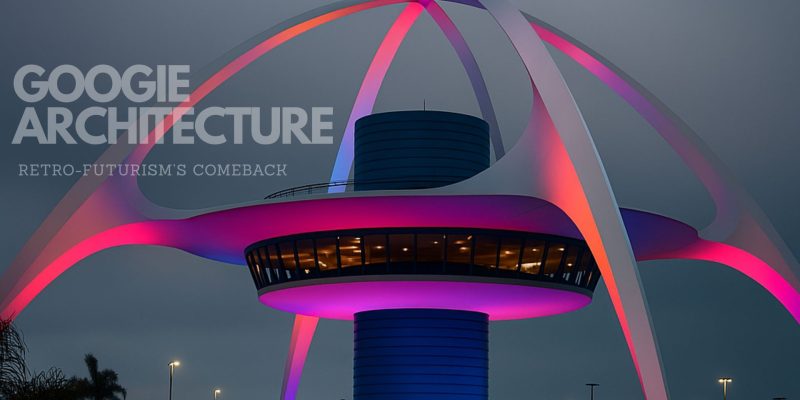Minimalism is a design principle that emphasizes simplicity and clarity. In architecture, it means creating buildings with clean, uncluttered lines, and a focus on functionality rather than ornamentation. Minimalist architecture emerged in the 1960s and 1970s as a reaction against the ornate, decorative style of the preceding era. Today, it remains a popular style for both commercial and residential buildings.
THE RISE OF MINIMALIST ARCHITECTURE-WORLD WAR II
Post-War Evolution
Following World War II, there was a significant shift in architectural preferences, driven by societal needs and new perspectives. The devastation of the war prompted a desire for environments that fostered tranquility and clarity. Minimalism, with its focus on uncluttered, serene spaces, aligned perfectly with this emerging mindset.
Influential Architects and Movements
The minimalist movement gained momentum through the efforts of pioneering architects like Ludwig Mies van der Rohe. His philosophy of “less is more” encapsulated the essence of minimalism, advocating for designs that highlight essential elements and the inherent beauty of materials.
A Global Impact
With changing economic conditions and advancing technologies, minimalist architecture adapted and spread worldwide. It resonated with a growing audience, who appreciated its ability to create peaceful, purposeful spaces amidst the chaos of urban life.
The post-war era, thus, became a fertile ground for minimalism to flourish, leading to its widespread popularity that continues to influence modern architecture today.
WHAT IS MINIMALIST ARCHITECTURE?
Minimalist architecture is a style that emphasizes simplicity, with a focus on creating buildings that are functional, efficient, and unadorned. The basic principles of minimalism can be seen in many aspects of the design, including:
Simple lines and forms: Minimalist buildings feature clean, uncluttered lines and a focus on geometry. Rectangles, squares, and circles are common shapes, and there is an emphasis on symmetry and balance.
Neutral colors: Minimalist buildings often use a limited palette of neutral colors, such as white, black, and gray. This helps to create a sense of calm and simplicity.
Use of natural materials: Many minimalist buildings use natural materials such as wood, stone, and glass. These materials help to create a sense of warmth and connection to the environment.
Functionality: Minimalist architecture is all about creating spaces that are functional and efficient. There is a focus on getting the most out of every square foot, with no wasted space or unnecessary ornamentation.
FEATURES OF MINIMALIST ARCHITECTURE
Minimalist architecture is defined by its focus on simplicity and reduction. Here are its hallmark features:
• Absence of Decorative Elements: Emphasizes a clean aesthetic by minimizing embellishments.
• Basic Materials: Utilizes straightforward materials like concrete, stone, and glass to achieve a sleek appearance.
• Neutral Color Schemes: Prefers calm, muted tones to maintain tranquility and simplicity.
• Structured Lines and Geometry: Incorporates orderly geometric shapes and clean lines to enhance visual clarity.
• Strategic Use of Space and Light: Leverages space, structure, and light to create impact with minimal elements.
WHERE DOES MINIMALIST ARCHITECTURE DRAW INSPIRATION FROM?
Minimalist architecture draws inspiration from several influential styles, each contributing to its distinct ethos of simplicity and clarity.
Key Influences:
1. Japanese Zen – Known for its profound emphasis on harmony and balance, Japanese Zen architecture focuses on creating serene, uncluttered spaces that promote tranquility.
2. Cubism – Emerging from the early 20th century, Cubist designs emphasize geometric forms and abstract simplicity, which align with the minimalist focus on clean lines and functional spaces.
3. De Stijl – Originating in the Netherlands, De Stijl emphasizes order and harmony using fundamental elements like straight lines and primary colors, mirroring the minimalist objective of reducing design to its essentials.
4. Bauhaus Movement – This German school of thought from the 1920s revolutionized design with its principle of “form follows function,” advocating for architecture stripped of ornamentation and focused on utility.
Each of these styles, while unique in their own right, converges on the shared goal of distilling environments to their core elements, resulting in spaces that are both calming and clutter-free.
WHY CHOOSE MINIMALIST ARCHITECTURE?
Minimalist architecture is a popular choice for many reasons. Here are a few of the benefits:
Simplicity: Minimalist buildings are simple and uncluttered, which can create a sense of calm and serenity. This can be especially appealing in a world that can often feel chaotic and overwhelming.
Efficiency: Minimalist buildings are designed to be efficient and functional. This means that they can often be built more quickly and cost-effectively than more ornate designs.
Timelessness: Minimalist buildings have a timeless quality that can help them to stand the test of time. They are not tied to a specific era or style, and can be appreciated for their simplicity and beauty for years to come.
EXAMPLES OF MINIMALIST ARCHITECTURE
Some of the most iconic examples of minimalist architecture include:

The Farnsworth House: Built in 1951, this house is a classic example of minimalist architecture. It features a simple rectangular shape, with large windows that provide a connection to the surrounding nature.

The Barcelona Pavilion: Built in 1929, this pavilion is considered one of the most important examples of modernist architecture. It features a minimalist design with a focus on geometry and symmetry.
Minimalist architecture is a design style that emphasizes simplicity, efficiency, and functionality. It has become a popular choice for both commercial and residential buildings, with many famous examples around the world. By choosing a minimalist design, you can create a space that is both beautiful and functional, with a timeless quality that will last for years to come.
FAQs for minimalist architecture
Who invented minimalism art?
Minimalism in art wasn't the work of just one person. It emerged as a movement in the late 1950s and early 1960s in the U.S. Led by artists like Donald Judd, Dan Flavin, Carl Andre, Agnes Martin, Robert Morris, and Frank Stella, Minimalism sought to move away from the emotional, expressive styles of the time, such as Abstract Expressionism. These artists aimed to create art that was simple, with clean lines and geometric shapes, placing emphasis on the materials used rather than on personal expression.
What is minimalism?
Minimalism is an approach in art and design that values simplicity and the idea of cutting away anything unnecessary. It emphasizes keeping only the essentials, using clean shapes, basic colors, and plenty of open space. This style can be seen in a variety of fields, like visual art, architecture, music, and even lifestyle choices. The core idea behind minimalism is "less is more," suggesting that fewer elements can often create a stronger impression. In minimalist art, the focus is on the forms, materials, and layout, rather than on telling a detailed story or expressing emotions.
What does minimalist mean?
The term "minimalist" refers to a style that follows the principles of minimalism.
What is minimalist?
Minimalist is described as something designed, created, or functioning with minimal elements, emphasizing simplicity and avoiding unnecessary complexity.














